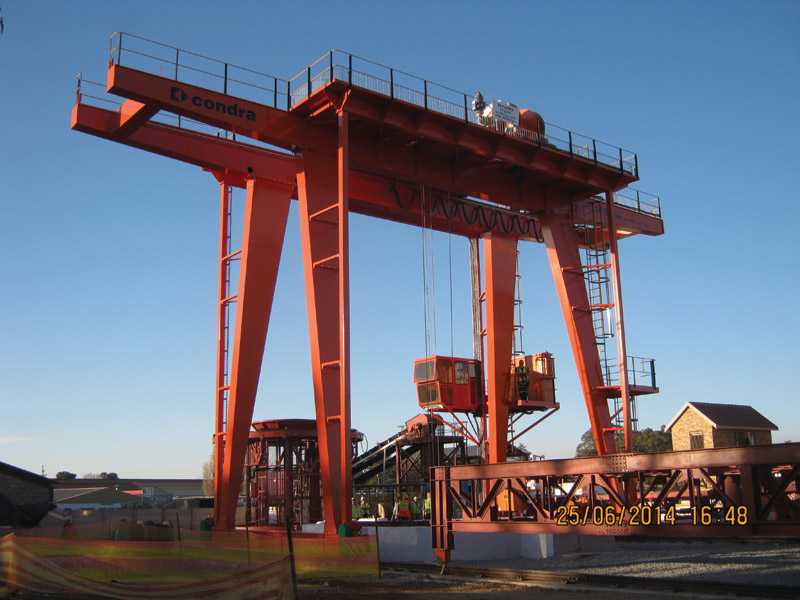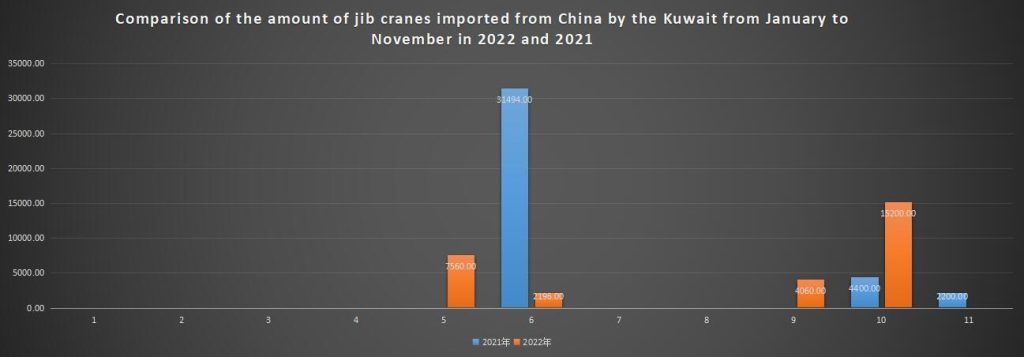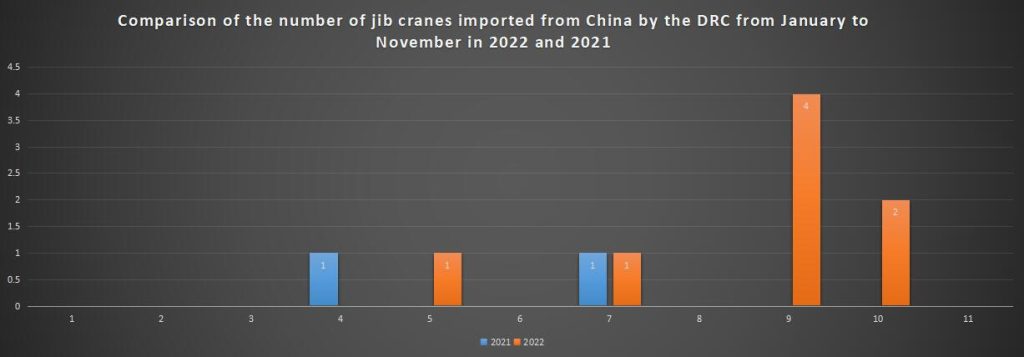The rapid rise of wireless technology, the internet and smaller computer processors means that we now live in a data-rich world. The amount of information that both corporations and individuals have at their fingertips has grown exponentially over the last decade, as has the ability of companies to harness this data to a positive end.
In the crane and lifting sector, data is useful for maintenance management as it provides instant visibility on crane usage and operating information, enabling companies to plan ahead and minimise both downtime and potential safety risks for their employees.

Crane servicing is becoming an increasingly important part of Konecranes’ business, representing about 50% of the
“Safety, productivity and reliability are three key words in the crane market at the moment,” notes Aku Lehtinen, vice president of the EMEA East region for Industrial Cranes at Konecranes.
“We’re currently seeing increasing demand for monitoring systems that show the availability and productivity of our technology and feel that we are a real leader in this field. Data allows customers to find out why a crane is offline, manage production, and to mitigate potential problems.”
Headquartered in Hyvinkää, Finland, about an hour’s drive north of Helsinki, Konecranes is a global leader in the industry, reporting positive sales in Scandinavia over the last year, with different market segments driving growth. “We have a presence in a number of key industries, but in Scandinavia we’ve seen strong sales in the automotive sector and from other manufacturing segments,” adds Lehtinen.
Specific markets the company has sold technology to in recent months include the waste to energy sector—in which incinerators burn consumer and industrial waste material to harness electricity—as well as machine building, while Konecranes has additionally experienced growth in the energy sector in Denmark.
“Our strength in Scandinavia has traditionally been in the manufacturing category, and we continue to have a great relationship with the market,” says Lehtinen. More broadly, the company reported strong order volumes in the Netherlands, Austria and Ireland for the first half of 2018, with the rest of central Europe performing relatively weakly.
“In the Eurozone, after a long period of rapid growth in economic activity, the pace of expansion weakened sequentially with each month since the start of 2018,” said the company in June.
“Both the growth of production and the new order volumes eased and were at their weakest in 16 months in June.”
However, outside the Eurozone, Konecranes reports that the UK manufacturing sector continued to expand. Announcing sales of €772m ($892m) for the second quarter of 2018—down 3% from the year previous but up 0.4% on a comparable currency basis—president and chief executive Panu Routila said other bright spots included order intake for crane components, which “accelerated in Q2”, and the doubling of orders for RTG cranes during the same period in the Port Solutions sector.
“Overall the market sentiment for Business Area Port Solutions remains stable and at a good level,” added Routila. While customers in Scandinavia are demanding greater safety for their operators and increased data flow, Aku Lehtinen says that servicing of cranes has also become increasingly significant in the last few years.
“Of course it depends on the industry, but generally more companies are choosing to outsource the servicing of their cranes, and we are able to provide a variety of products to help them: from basic machinery inspection to full servicing,” he says.
Konecranes offers servicing for its own cranes, along with those sold to end users by other suppliers. “Half of our turnover comes from servicing, and that figure might be even higher in Scandinavia, the UK and the US, where maintenance is a very important part of the business,” adds Lehtinen.
Part of Konecranes service offering includes its Truconnect suite of remote service applications that are said to “support maintenance operations and drive improvements in safety and productivity.” The Truconnect Remote Monitoring system uses sensors to collect data from lifting equipment, such as running time, motor starts, work cycles and emergency stops, providing visibility of crane usage, while also showing data on brake and inverter monitoring.
Customers can then use a web portal called YourKonecranes to access usage, maintenance and asset data that Konecranes says will help them to “optimise production.”
“Insights can be gained by observing anomalies, patterns and trends, helping users to make fact-based decisions,” adds the company.
“We use your Truconnect data during service reviews to go over alerts and equipment usage information. During a customer business review we look at trends in safety and production alerts and which assets are showing the highest number of alerts and running hours.”
Maintenance and monitoring systems such as Truconnect form part of an overall “package” from Konecranes—including initial quotation, sales, after sales, and training—which is becoming more important for customers.
“Our ability to provide our customers with this range of services is key to the continued success of our relationships with them,” explains Lehtinen. “Training also forms an important part of safety management, and it’s vital that customer employees take part in CPD and training to stay up to date in this area.”
The diversity of technology and services offered by Konecranes is highlighted by its Rentall product, which includes a crane lease, service and maintenance plan, spares package and remote monitoring. “We understand that although investing in business is crucial to stay ahead of the game, tying up capital on fixed assets is a costly and consuming exercise,” the company said in a press release. “The process involved in buying new lifting equipment is complicated and lengthy, no matter how essential it may, but Konecranes Rentall solution allows customers to select the crane or hoist capacity, up to 10t, and rent the equipment as part of a fixed term package.”
If production needs change then the customer can upgrade their technology, either by adding new features or even a new hoist, adds Konecranes.
According to Lehtinen, the Rentall product is just another example of the company’s flexibility. “The ability to suit a range of customer needs is clear advantage for our customers,” he adds.
The safety and data requirements of industrial cranes are getting higher in various industries around the world










